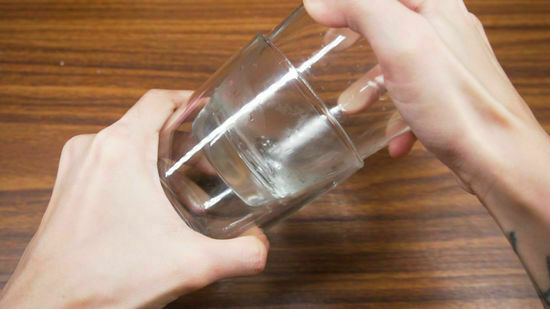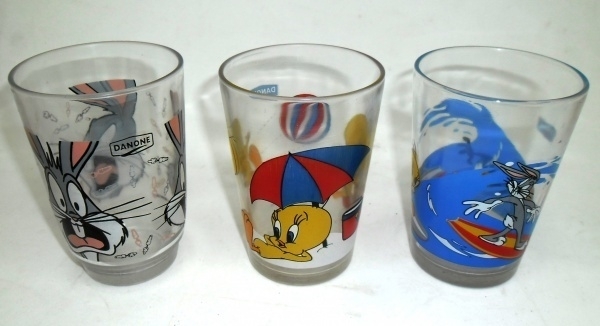The case for stuck glasses

When I was younger my maternal grandmother lived with us. As my parents both worked, she helped raising both my sister and I. It’s been some years now that she’s no longer with us, but among many memories that I’ve got of her, there’s a particular keepsake, a Danone cream cheese glass cup featuring Bugs Bunny, part of a bigger collection, that she kept for me as a gift — I’ve always loved Looney Tunes.
Everyone in my family knows this one glass is special for me: although I don’t forbid anyone to use it, they all know they must take as much care as they possibly can to handle it, specially when it’s time to do the dishes.
Now join this piece of information with another one: our dish rack isn’t the biggest one, so sometimes cups tend to be piled up while drying.

Fast forward to last weekend. My son was doing the dishes as he so many times does, and piled up some glasses in the rack we have here, among which my special Bugs Bunny keepsake. Needless to say Murphy striked that very moment — and my glass got stuck with another one, pretty much in the fashion pictured at the top of this text.
Now, I’ve been there before. Some glasses we had got broke the moment we tried to separate them, in similar situations. Knowing this could happen, I couldn’t afford that happening with that glass. That’s when I went to YouTube looking for ways to properly separate two stuck glasses.
And I found an answer, thanks to the Manual do Mundo YouTube channel. This is one of the most famous Brazilian channels, dedicated to science and experimentations in general, and thank God there was a video teaching how to use simple physics to separate glasses.

For anyone out there undergoing the same situation, despair not. All you gotta do is fill the glass on the top with ice cubes and water, so it gets cold and starts contracting. At the same time, heat water inside a ceramic mug for about 40 seconds so it gets warm and dive the bottom glass inside, so it starts to get hotter, dilating.
In practice, the coldness will make the top glass wall temporarily narrow, and the bottom glass temporarily widen. After approximately 30 to 45 seconds, all you’ve got to do is to gently pull the top glass out of the bottom one, releasing it in a very nice and practical physics demonstration.